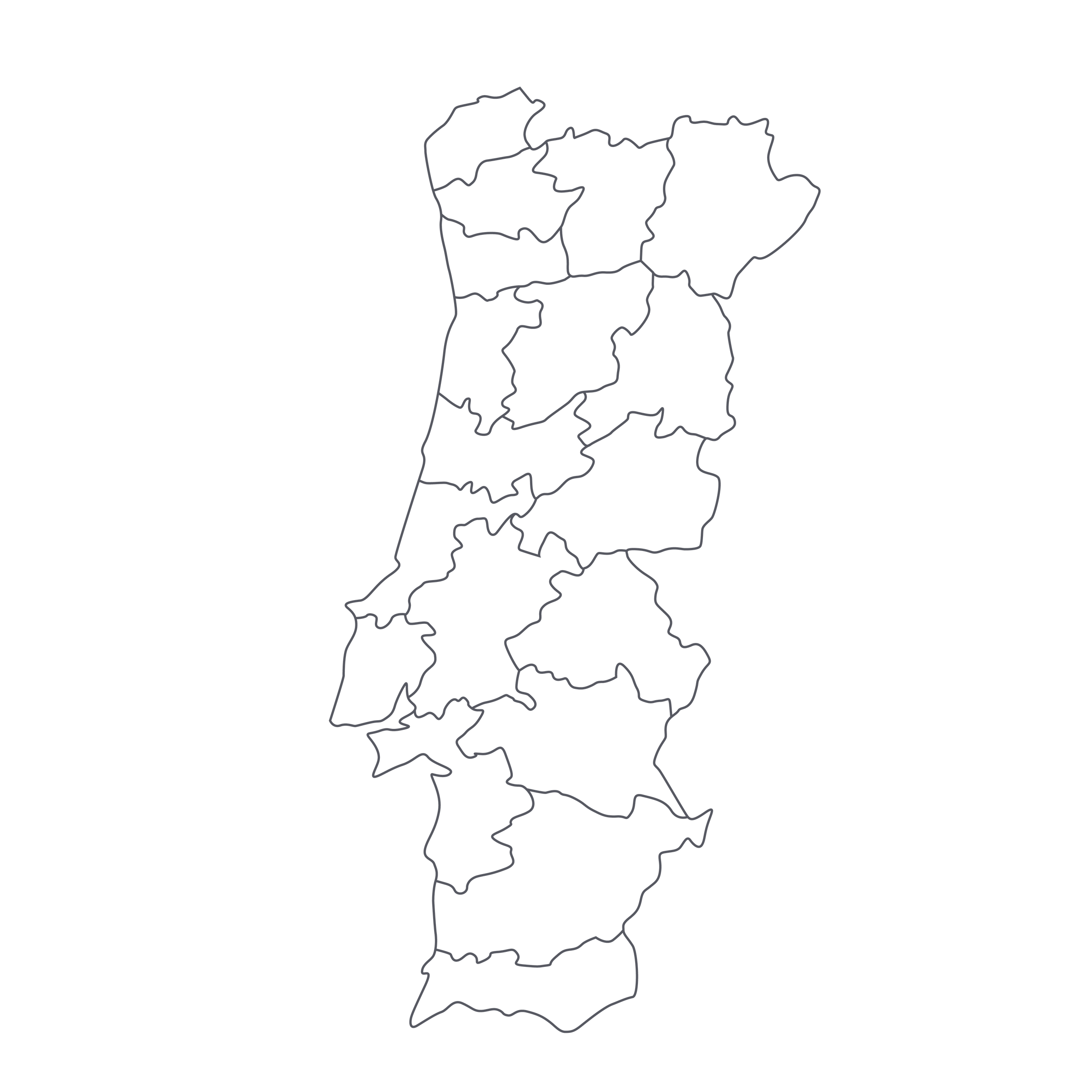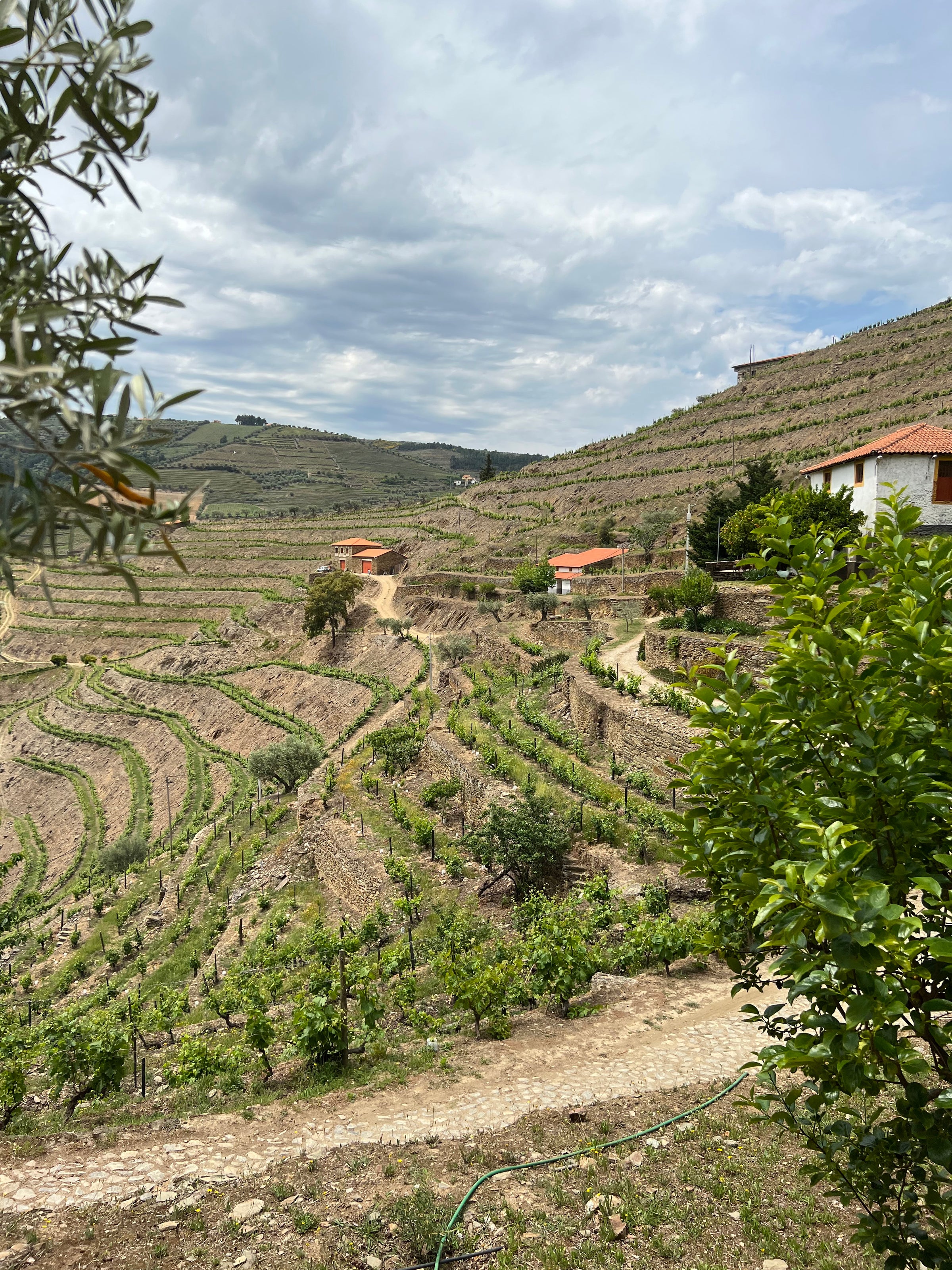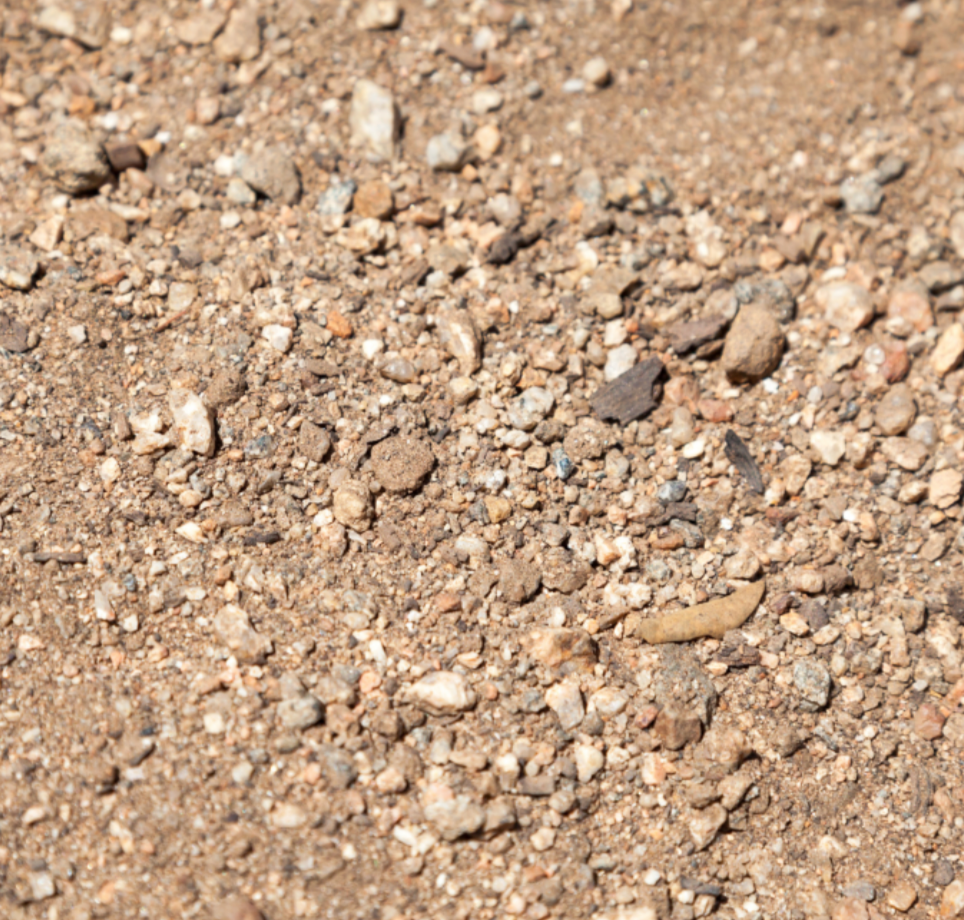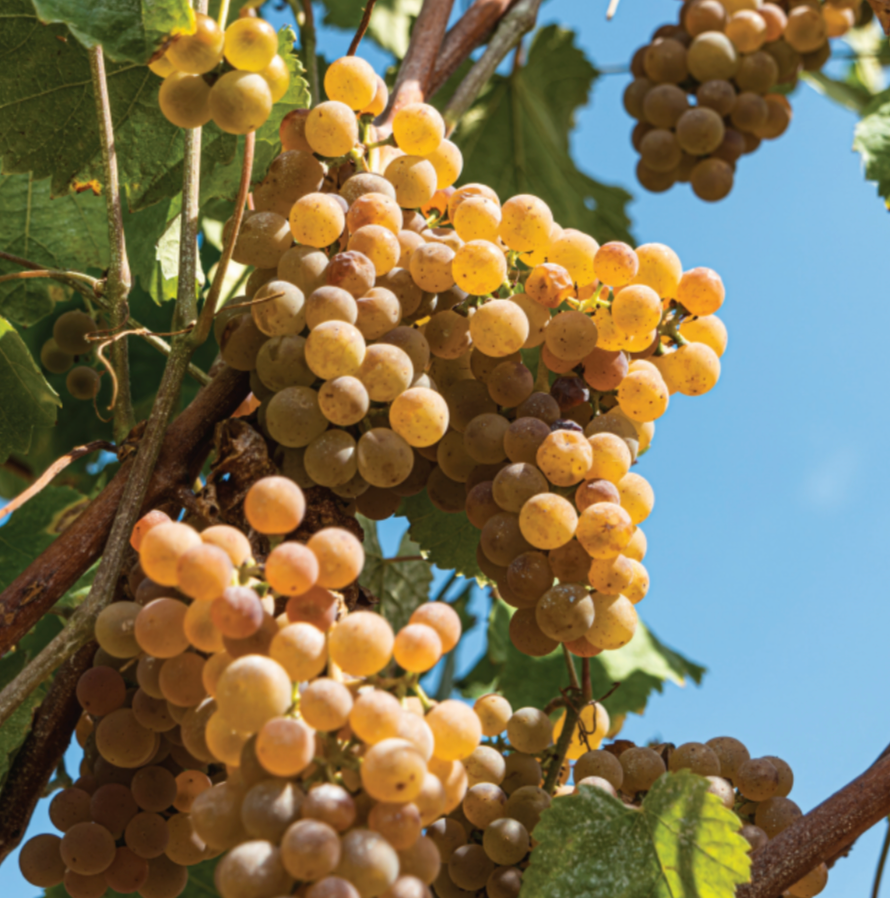It’s going to be hard to control my excitement over today’s 1997 Sercial because decades-old Vintage Madeira is one of the world’s most complex and singular wines—so please bear with me if I slip into the realm of hyperbole. Aged for 22 years in a single barrel, this rare liquid-gold gem unleashes a devastatingly profound, savory, and ethereal experience with a finish that refuses to relent—truly, it’s one of the most meditative wines of the world. I understand that’s a lot of high praise, but whenever any discerning collector sees Bartholomew Broadbent’s famous white stenciling imprinted on a bottle, they can assure a breathtaking wine with the power to make time stand still lies inside.
The man is a Madeira wizard and legend: After reintroducing this fortified nectar to the United States in 1989 and forming a special relationship with Justino’s—one of only eight registered wineries on the ancient volcanic island—Bartholomew made “Broadbent” Madeira the cornerstone of his import company. Today’s vintage bottling was originally conceived some 23 years ago when Bartholomew tasted every 650-liter cask of 1997 Sercial in Justino’s cellars and deemed Cask “O, 016” the lone standout. Broadbent’s patience has paid off handsomely, and we were thrilled to obtain a precious few bottles to share with you today. I guarantee this is one of the most intense, long-lasting sips of wine you’ll ever have, and you need not rush to finish your bottle! Madeira is famously shelf-stable, so you can revisit it over several weeks, even months, in order to savor it on the most intimate occasions. Quantities are severely limited, only four bottles per person.
I said that Bartholomew helped “reintroduce” Madeira because, of course, this fortified wine has deep ties to American history. If you were living in the United States during its infancy, chances are you were drinking Madeira. The wines, fortified with grape spirit to withstand the rigors of shipping, fared better than the still wines of France on the long trips across the Atlantic to the British colonies. In the second half of the 18th century, Madeira gatherings were widespread up and down the East Coast. Legendary presidents, including George Washington, oenophile Thomas Jefferson, and even Barack Obama have ushered in special occasions with Madeira. In its way, Madeira is as “American” as Napa Valley Cabernet, Kentucky Bourbon, or Yuengling beer.
Of the four indigenous grapes of Madeira, Sercial carries remarkably high acidity which translates into the driest style of Madeira wines. The grapes for this wine, sourced from the northern stretches of the island, are a result of long-term relationships with several growers. In 1997, one of the great fortified wine vintages of the late 20th century, each Sercial cluster was de-stemmed, crushed, and pressed followed by a natural fermentation in stainless steel tanks. Then, the fermentation was halted with the addition of a neutral grape spirit (brandy) which raised the alcohol level to about 19% while preserving natural sweetness. After fermentation, the fortified wine was transferred into a single 650-liter American oak cask and the naturally oxidative canteiro process began. By utilizing the indirect warmth of the sun, the fortified wine became gently “maderized” over the course of 22 years. It was finally bottled in the Spring of 2019. Today’s bottle represents cask “O 016,” one of only 1,050 total bottles.
We tend to associate a tawny-colored, viscous wine with being rich, and therefore very sweet, but today’s bottle proves that to be a grave untruth. For example, this 1997 Sercial Madeira contains 62 grams of sugar/liter with a pH of 3.26—compare that to, say, 2014 Château d’Yquem which has 134 grams of sugar/liter with a pH of 3.6. In other words, today’s bottling is half as dry, higher in acid, and categorically not a dessert wine. Honestly, you’ll find me sipping on this while prepping dinner or right alongside a main dish. The sugar is practically undetectable, although each gram plays a significant part in the superb balancing act. In the glass, a fulvous core with deep gold hues flashes out, followed by disarmingly intoxicating notes of dried berries, currant, bergamot oil, citrus zest, underbrush, toffee, crushed shells, honey brittle, and exotic spice. The full-bodied palate boasts countless layers of dried fruits, oceanic zest, tangy spice, and savory herbs that hit with a touch of sweetness right out of the gates. But, the wine ultimately finishes dry due to Sercial’s incredibly high acidity and 23 years of flawless integration. Its ability to go from rich and lightly sweet to refreshing, ultra-savory, and dry is an astounding transition—words don’t do it justice. If enjoying a glass now, keep the drinking temperature around 55 degrees, and feel free to stow the remainder of your bottle in the fridge, corked tight, for consumption over 1-2 months. As for your other unopened bottles? Stash them in a dark, cool place and they’ll keep for decades on end. Cheers!










